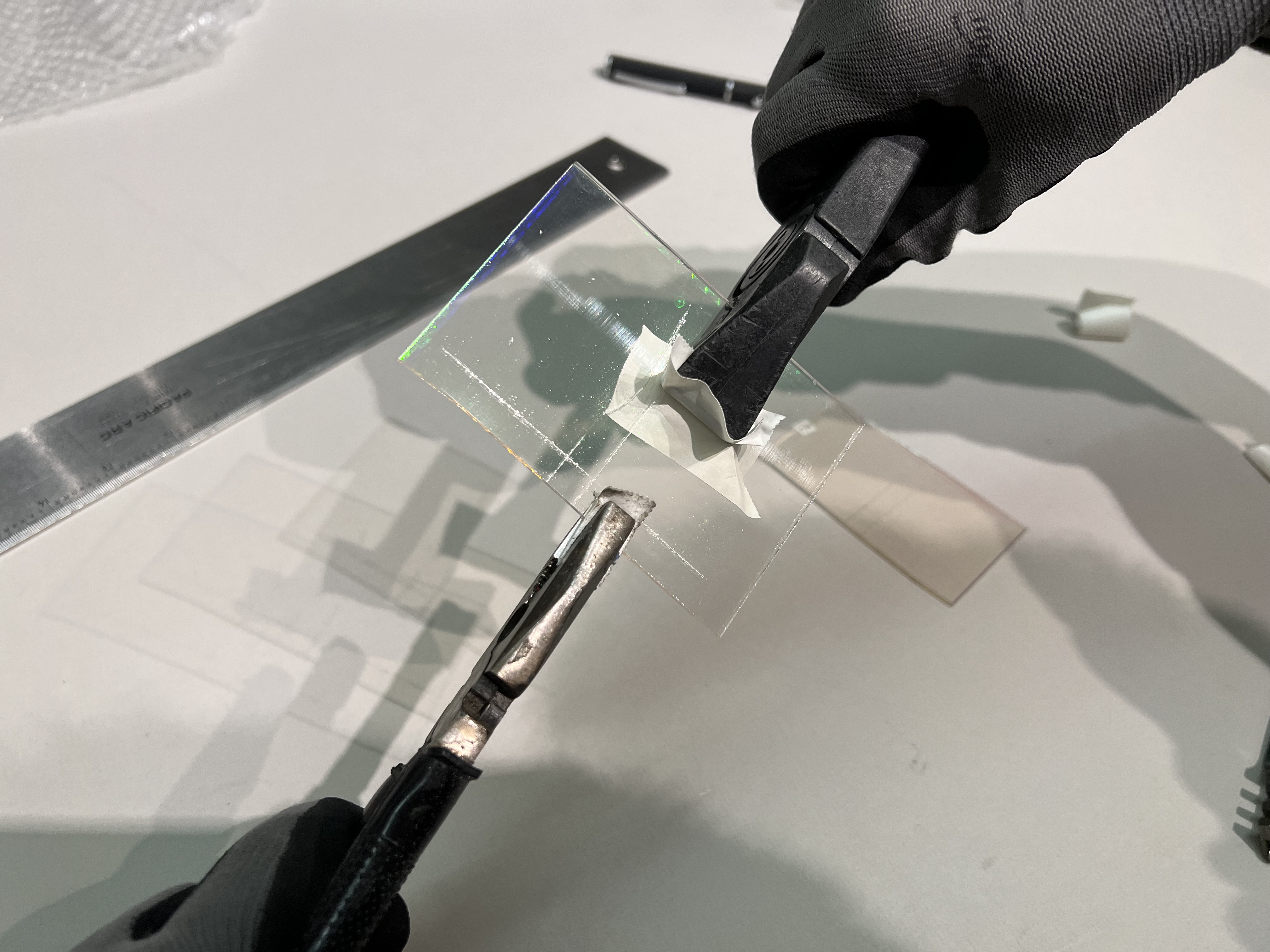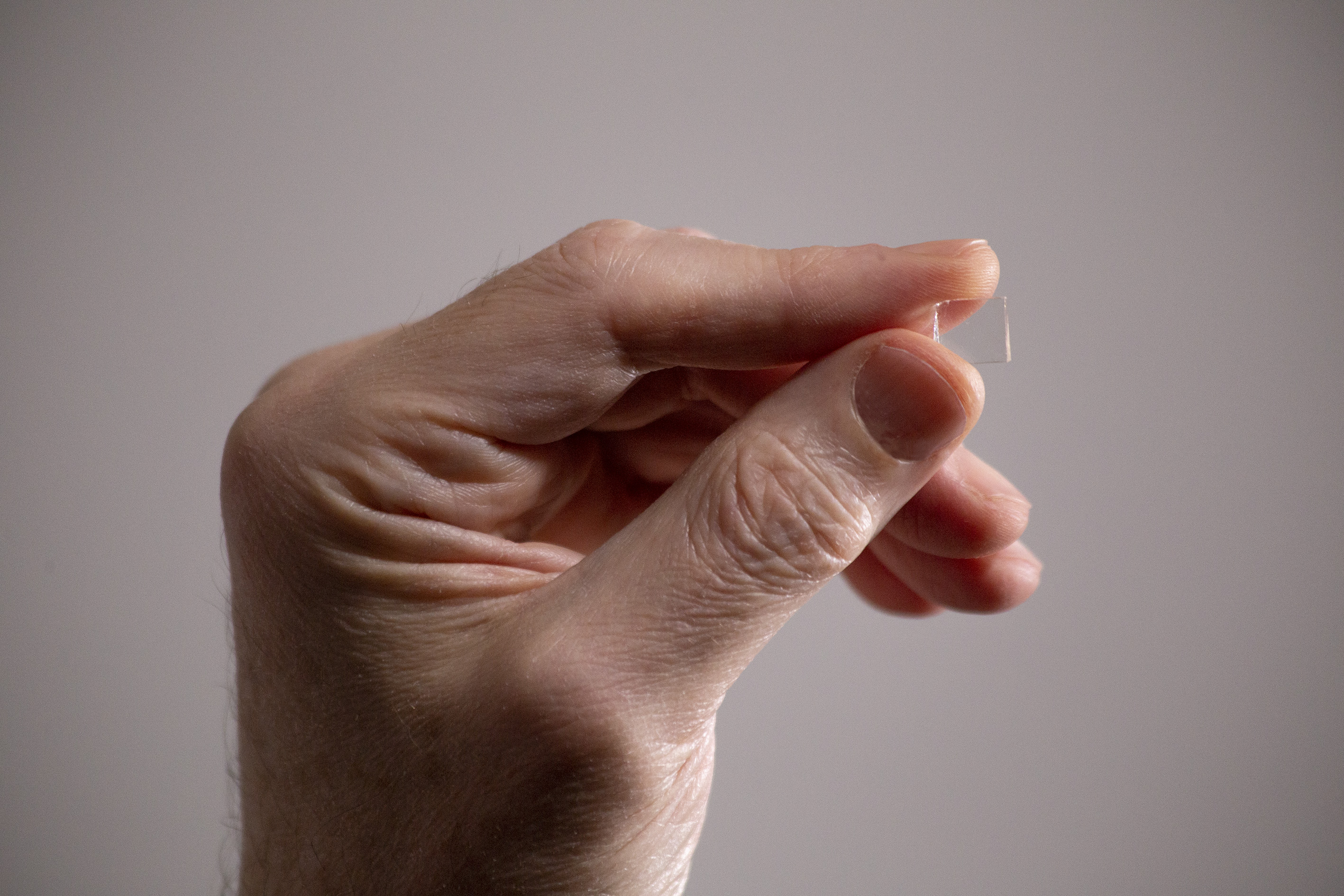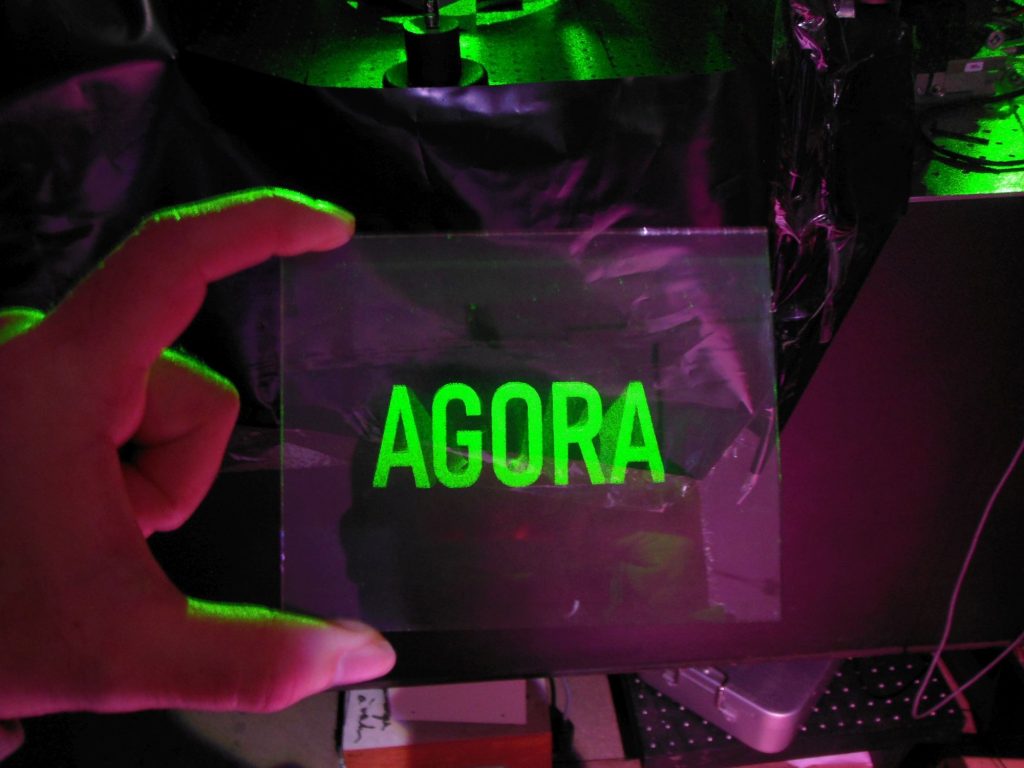Eduardo Kac’s Decades-Long Vision Takes Shape
Renowned artist Eduardo Kac is about to accomplish a lifelong dream with his artwork Ágora (1986-2023), a piece specifically designed for deep space. After three decades of waiting for the perfect opportunity, Ágora is set to embark on a journey beyond Earth’s atmosphere. But this space voyage is not an ordinary one. Alongside Ágora, the cremated remains of the legendary Star Trek creator Gene Roddenberry and the DNA of former Presidents George Washington, JFK, and Dwight D. Eisenhower will also be launched into the cosmos, although their connection to the artwork is merely coincidental.
The Challenge of Sending Art into Permanent Orbit
Kac acknowledges the complexity of his mission, recognizing that placing a physical artwork in permanent orbit is no simple task, even for space agencies and private companies. For an individual artist like himself, this endeavor has been particularly challenging. Throughout the decades, Kac has been diligently seeking access and means to complete his visionary artwork.
Holography Pioneer and Holopoems
Eduardo Kac is widely recognized for his pioneering use of holography, a technique that creates holograms, those captivating sci-fi projections. He uses holography to craft holopoems, a form of art where words and symbols are cast in light, creating mesmerizing visual experiences. For Ágora, Kac employed a unique process that involved dipping a glass plate into a custom emulsion and using a laser to carve the artwork’s three-dimensional form within it. The resulting piece, a small 1.5 centimeter square, projects the word “Ágora” in a captivating cyber-green hue when a laser is shone through it at a 45-degree angle.
From Earth to Space: Kac’s Previous Space Collaborations
The vision of Ágora in space has always been in Kac’s mind, and he has previously collaborated with the International Space Station and SpaceX to explore the possibilities of art beyond Earth. In one such collaboration, he provided instructions to French astronaut Thomas Pesquet on creating a sculpture using two pieces of paper, resulting in the work titled “Inner Telescope” (2017). Additionally, Kac is currently working with SpaceX on a project titled “Adsum,” which involves a nanofiche disk engraved with symbols to be launched on a lunar lander by Intuitive Machines in early 2024.

Ágora’s Voyage to Deep Space
Kac’s ambition for Ágora transcends the limits of Earth’s orbit. He envisions his artwork as a “potential star,” a piece of “anticipatory space archaeology” meant to be discovered by future generations rather than contemporary audiences. Partnering with the company Celestis, which specializes in funerary rites and launches cremated remains, DNA samples, and digital messages into space as “time capsules,” Kac’s Ágora will embark on Celestis’s first deep space voyage.

A Journey to Infinite Orbit
Named “The Enterprise Flight,” this pioneering mission will carry Ágora and its celestial companions approximately 300 million kilometers away from Earth, orbiting infinitely around the sun. Its trajectory will fall between Earth and Mars or Earth and Venus, and it will undoubtedly represent a significant luxury, both in terms of carbon emissions and financial investment. However, Kac passionately defends this endeavor as a critical artistic mission, envisioning a future where art and poetry flourish beyond the confines of Earth.
Art, Poetry, and the Human Experience in Space
Eduardo Kac firmly believes that art and poetry are integral to the human experience, and they must accompany humanity’s ventures into space. He points out that artists on Earth already use materials like oil-derived acrylics, which can be noxious to the environment, suggesting that a little more noxiousness in the pursuit of artistic expression in space is a worthy trade-off.

The Endless Horizon
As Ágora and its companions venture into the depths of space, the voyage represents more than just an artwork’s journey. It symbolizes humanity’s ever-expanding exploration into the unknown, where art and poetry will continue to thrive, adding profound meaning to our existence, no matter how far we roam. Eduardo Kac’s dream of seeing his artwork shining like a star in the cosmic abyss will undoubtedly inspire future generations and become a testament to the boundless human spirit.
In Space, We Discover Ourselves
Eduardo Kac’s Ágora and its journey to deep space reflect not only the artist’s vision but also the broader aspirations of humanity to explore the cosmos. The voyage represents a celebration of human creativity, curiosity, and the unyielding pursuit of knowledge and beauty beyond the horizons of our planet. In the timeless void of space, art and poetry will find new audiences and weave themselves into the fabric of the universe, forever entwined with the human story.
Feature Image: Eduardo Kac, Ágora, space artwork, 5/16 x 5/16″ [0.8x 0.8 cm], hologram in a 1.5-cm-diameter titanium capsule, moving through interplanetary space in perpetuity aboard the Centaur V spacecraft, 1986–2023. Shown here is the full 4 x 5″ (10 x 12.5 cm) plate, prior to trimming. Courtesy:ecac.org
Artist Sarah Meyohas’ New Holographic Works Change Colours Depending on How You View Them

Contributor





